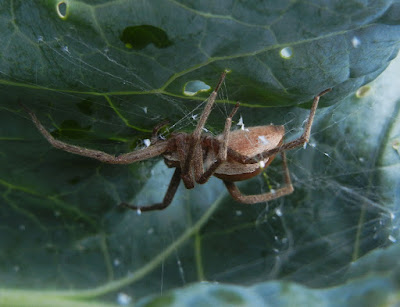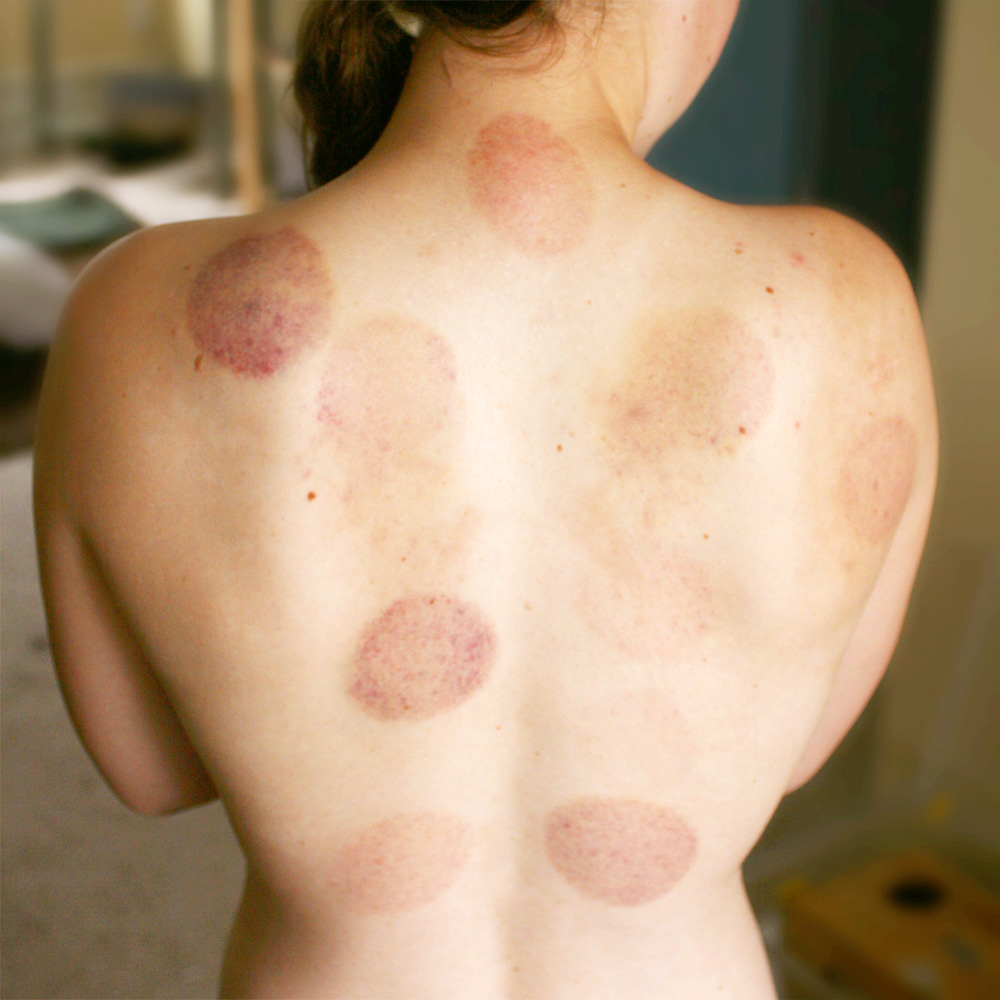by Jan Thornhill
 |
| Brussels sprouts look ridiculous! (Wikipedia) |
The first time I saw Brussels
sprouts clinging to their stems on the back of a truck in Holland in 1977, I
was shocked. Up until then, I’d always thought they were baby cabbages. I still can't believe no one told me how they grew.
 |
| Cabbages, Brussels sprouts, cauliflower and kohlrabi are all the same species. |
We’ve had a large organic
vegetable garden for over 25 years. For most of those years we’ve tried to grow
various brassicas—broccoli, cabbage, kale, kohlrabi, cauliflower, and, yes,
Brussels sprouts.
 |
| A pretty pest—the cabbage white butterfly (Wikipedia) |
Every year, though, we’ve been inundated with cabbage butterflies and their progeny—cabbage-loving green caterpillars. The common Cabbage White Butterfly (Pieris
rapae) is native to Europe, Asia and North Africa. There were none here until it was accidentally
introduced to Quebec in 1860. Because there are plenty of wild Brassica species in North America, it spread
like crazy. Now it's everywhere.
 |
| A hungry cabbage caterpillar (Wikipedia) |
This year we decided in the spring to be lazy and only grow Brussels sprouts and
nothing else from the cabbage family. Surely two of us could keep on top of the caterpillars on
only four plants! And we did—though we also had help.
Helper #1: Chipping Sparrow
 |
| Audubon's Chipping Sparrow from his elephant portfolio |
One morning I saw a Chipping
Sparrow emerge from between the big leaves of one of the plants. It had a juicy
green caterpillar in its beak! The sparrow and its mate returned over and over
again for several days, each time flying off with a caterpillar. We could sit
back and relax! We didn’t notice when they stopped coming, which probably coincided with their young becoming independent. Suddenly we were
inundated with caterpillars again.
Helper #2: Nursery Web Spider
 |
| Pisaurina mira, the Nursery Web Spider, can have a broad stripe down its back. (Jan Thornhill) |
While picking off yet another crop of
caterpillars, I came face to face with a giant spider—giant enough that I
jumped backwards when I saw it. It was a
 |
| Nursery Web Spider sucking the juices from a cabbage caterpillar. (Jan Thornhill) |
Helper #3: Paper Wasp
 |
| Polistes fuscatus, our common native paper wasp removing fecal matter from a caterpillar that was too heavy to carry. (Jan Thornhill) |
This one was the best one. While hand-picking caterpillars, I suddenly spied a large paper wasp, the native Polistes fuscatus. I normally don't like these guys because their sting can feel like a combination of being electrocuted and burned with a soldering iron. This one, however, had no interest in me. It was trying to take off with a large caterpillar held between its mandibles. But it was too heavy and the wasp only made it as far as one of the outer leaves. It landed with the caterpillar and then started fussing over it.
At first I thought it was simply eating the caterpillar on the spot, but after a few minutes I figured out what it was doing: it was cleverly removing the heavy fecal matter from the caterpillar. When it was done, it easily flew away with the lighter carcass, leaving behind a line of green poo.
I'm happy with any help I can get controlling the Cabbage White Butterfly, but do I want it to disappear? No, I don't. And in Great Britain, where they once had flocks of millions, they're looking at its disappearance as a real possibility. Between 1976 and 2008, its numbers have declined by a third—which is pretty astonishing. The crash in its population is likely due to the drop in the number of home vegetable gardens combined with commercial crops being sprayed with pesticides. If the Cabbage White Butterfly disappeared from here, sparrows, wasps and spiders would all lose part of their diets.
 |
| The garden nasturtium is both tasty and a good decoy plant for the Cabbage White Butterfly |
One more little snippet—apparently cabbage caterpillars will eat garden nasturtiums, which are a lovely salad addition (both flowers and leaves), so they can be used as a decoy crop. The caterpillars, however, much prefer cabbage leaves—if a caterpillar gets even a tiny taste of a cabbage leaf first, it will starve itself to death rather than eat nasturtiums!
Update: August 21, 2018
I found a tiny clay urn glued to our outdoor table yesterday. I knew it was some kind of wasp nest. I also knew that the tiny pot was going to be destroyed one way or another, so instead of leaving it to be crushed by a coffee cup or plate of sliced tomatoes, I sliced it off the table with a knife so I could see what was going on inside.
Oooh!
The urn was built by a Potter Wasp nest – someone in the genus Eumenes.
Potter Wasps normally won't bother you. What they will do is construct tiny, marble-sized urns out of drops of mud.
They fill these little pots with paralyzed caterpillars, then lay an egg on the inside clay surface. If all goes well, the egg will hatch and the wasp larva will feed on the caterpillars until it's mature enough to chew its way out of the pot and start its adult life.
I don't think the egg in the one I found one "took." Or maybe something happened to the builder before she could lay an egg. Too bad, since there were five different desiccated caterpillars inside, one of which, judging by its pale green colour, was surely a cabbage caterpillar.
Update: August 21, 2018
I found a tiny clay urn glued to our outdoor table yesterday. I knew it was some kind of wasp nest. I also knew that the tiny pot was going to be destroyed one way or another, so instead of leaving it to be crushed by a coffee cup or plate of sliced tomatoes, I sliced it off the table with a knife so I could see what was going on inside.
Oooh!
The urn was built by a Potter Wasp nest – someone in the genus Eumenes.
 |
| Potter Wasp, Eumenes sp. (Wikipedia) |
 |
| Potter wasps sometimes include an urn "neck." |
They fill these little pots with paralyzed caterpillars, then lay an egg on the inside clay surface. If all goes well, the egg will hatch and the wasp larva will feed on the caterpillars until it's mature enough to chew its way out of the pot and start its adult life.
I don't think the egg in the one I found one "took." Or maybe something happened to the builder before she could lay an egg. Too bad, since there were five different desiccated caterpillars inside, one of which, judging by its pale green colour, was surely a cabbage caterpillar.
 |
| A feast gone to waste. |
References:
Article about U.K. Cabbage White Butterflies: Cabbage Whites Under Threat


















